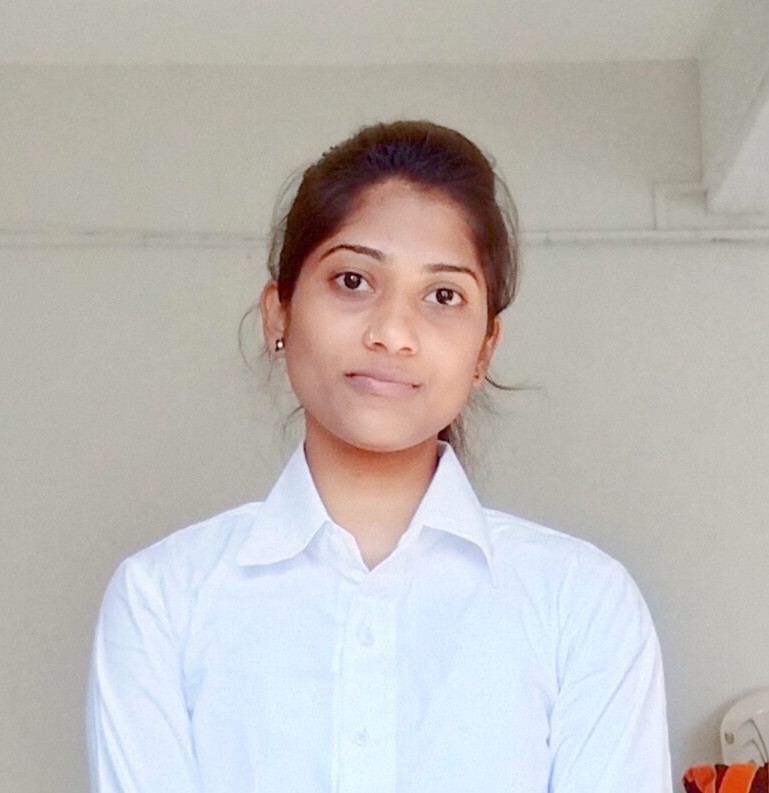Abstract
Ulcers, particularly peptic ulcers, have long been a significant medical concern, with potential complications ranging from discomfort to life-threatening hemorrhage. Over the years, numerous antiulcer agents have been developed and introduced into clinical practice, aiming to alleviate symptoms, promote healing, and prevent recurrence. This review delves into the recent advancements in the clinical evaluation of these agents, highlighting the methodologies employed, the efficacy observed, and the safety profiles established. Recent studies have emphasized the importance of a multifaceted approach to the clinical evaluation of antiulcer agents. Beyond merely assessing symptomatic relief, researchers now focus on mechanisms of action, pharmacokinetics, and pharmacodynamics to provide a comprehensive understanding of drug efficacy. Advanced imaging techniques, such as endoscopy and capsule endoscopy, have enabled real-time visualization of ulcer healing, facilitating a more precise assessment of therapeutic outcomes. Safety remains paramount in the evaluation of antiulcer agents, with recent research focusing on the identification and mitigation of adverse effects, drug interactions, and long-term complications. The integration of patient-reported outcomes and quality-of-life assessments has further enriched our understanding of the overall impact of antiulcer therapy on patient well-being.
Keywords
Target Therapy, Signs and Symptoms , Complication, List of Withdrawn Drugs, Commonly used antiulcer drugs, Clinical trials phases, Preclinical


 Tejaswini S. Kamble*
Tejaswini S. Kamble*
 Vishavjeet S. Pisal
Vishavjeet S. Pisal
 Pritam Salokhe
Pritam Salokhe
 10.5281/zenodo.10557061
10.5281/zenodo.10557061